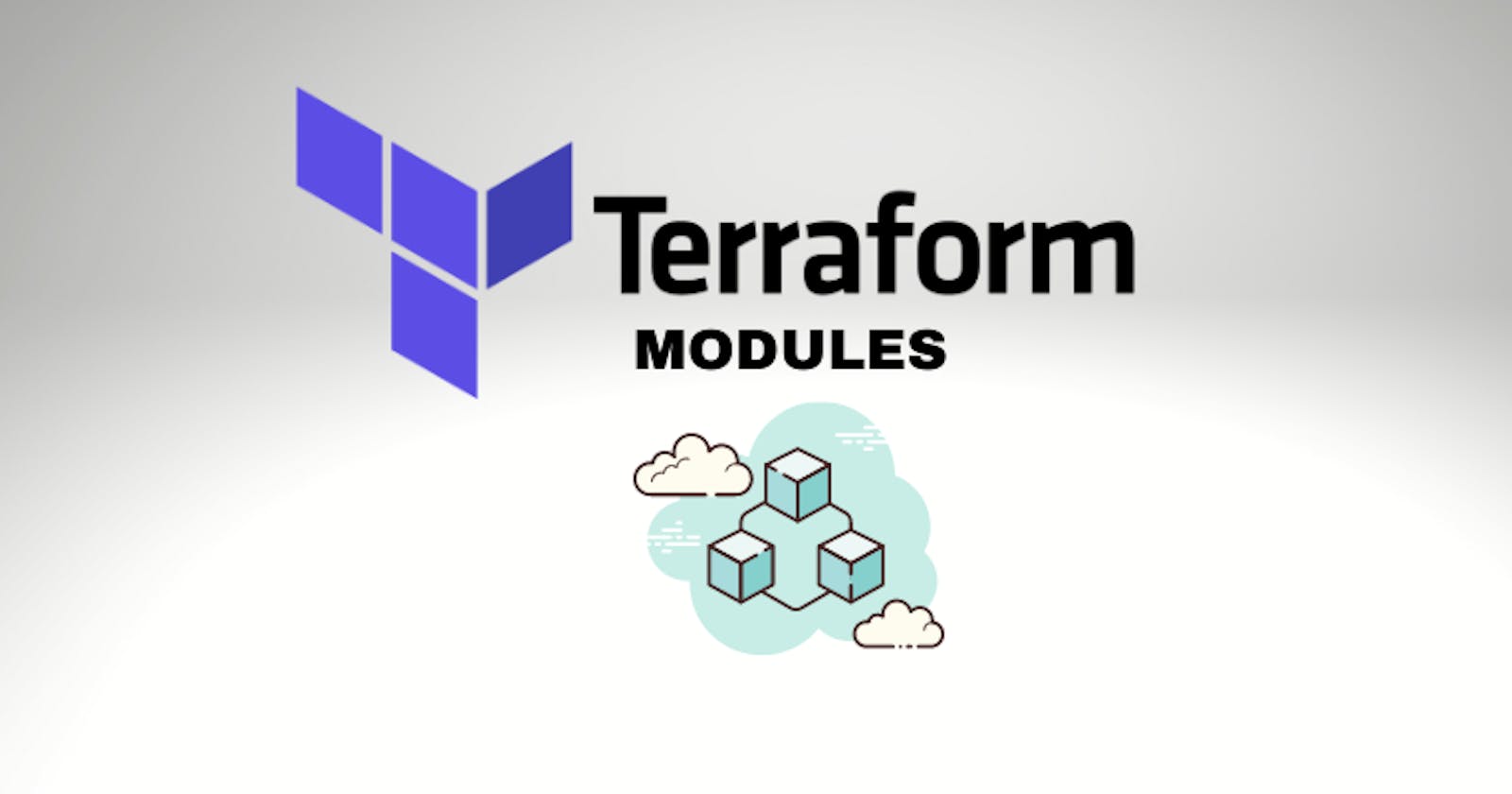Understanding the Concept of Terraform Modules and their Benefits.
A Terraform module is a collection of standard configuration files in a dedicated directory. Terraform modules encapsulate groups of resources dedicated to one task, reducing the amount of code you have to develop for similar infrastructure components.
Terraform modules and their benefits:
• Modularity
• Scalability
• Collaboration
• Encapsulation
• Collaboration
Learn how to create and use modules to encapsulate reusable infrastructure configurations.
Create a new directory: Start by creating a new directory that will contain your module's code. Give it a descriptive name, such as my_module
Define your module: Within the module directory, create a file named
main.tf. This file will define the resources and configuration for your module. For example, you can define an AWS S3 bucket resource:resource "aws_s3_bucket" "my_bucket" { bucket = "my-bucket" acl = "private" }
Set up input variables: If your module needs input values, define them in a variable.tf file. For example, you can define a variable for the bucket name:
variable "bucket_name" { type = string default = "my-bucket" }
Use variables in the module configuration: In your main.tf file, replace the hardcoded values with variables. Use the var syntax to reference the variables
resource "aws_s3_bucket" "my_bucket" { bucket = var.bucket_name acl = "private" }Specify module outputs: If your module needs to expose any values for consumption by other configurations, define them in
outputs.tffile. For example, you can output the bucket name:
output "bucket_name" { value = aws_s3_bucket.my_bucket.id } variable "bucket_name" { type = string default = "my-bucket" }Use the module: In your main Terraform configuration (the one that consumes the module), you can use the module by providing its source location and any required variables.
module "my_module" {
source = "./my_module"
bucket_name = "my-bucket-name"
}
output "module_bucket_name" {
value = module.my_module.bucket_name
}
In this example, the module is sourced from the local directory ("./my_module"), and the bucket_name variable is provided as a value.
Initialize and apply the configuration: Run terraform init to initialize the configuration and download any required dependencies. Then, run terraform apply to apply the configuration and create the resources defined in the module.
Explore module composition and module versioning.
Module composition is the process of combining different modules to create bigger and more complex infrastructure setups. It lets you use reusable modules like building blocks to construct larger systems. By putting together these modules, you can easily create comprehensive infrastructure configurations that meet your specific needs. It's a way to simplify the management of your infrastructure and make it more scalable.
Module versioning is the practice of assigning and managing versions to your modules. It allows you to track and control changes to your modules over time, ensuring consistency and providing a reliable way to manage updates and dependencies.
I appreciate you taking the time to read my blog, and I hope you found it informative. If you found the content useful, please consider giving it a like, sharing it with others, and following me for more similar posts in the future. Thank you for your support!
